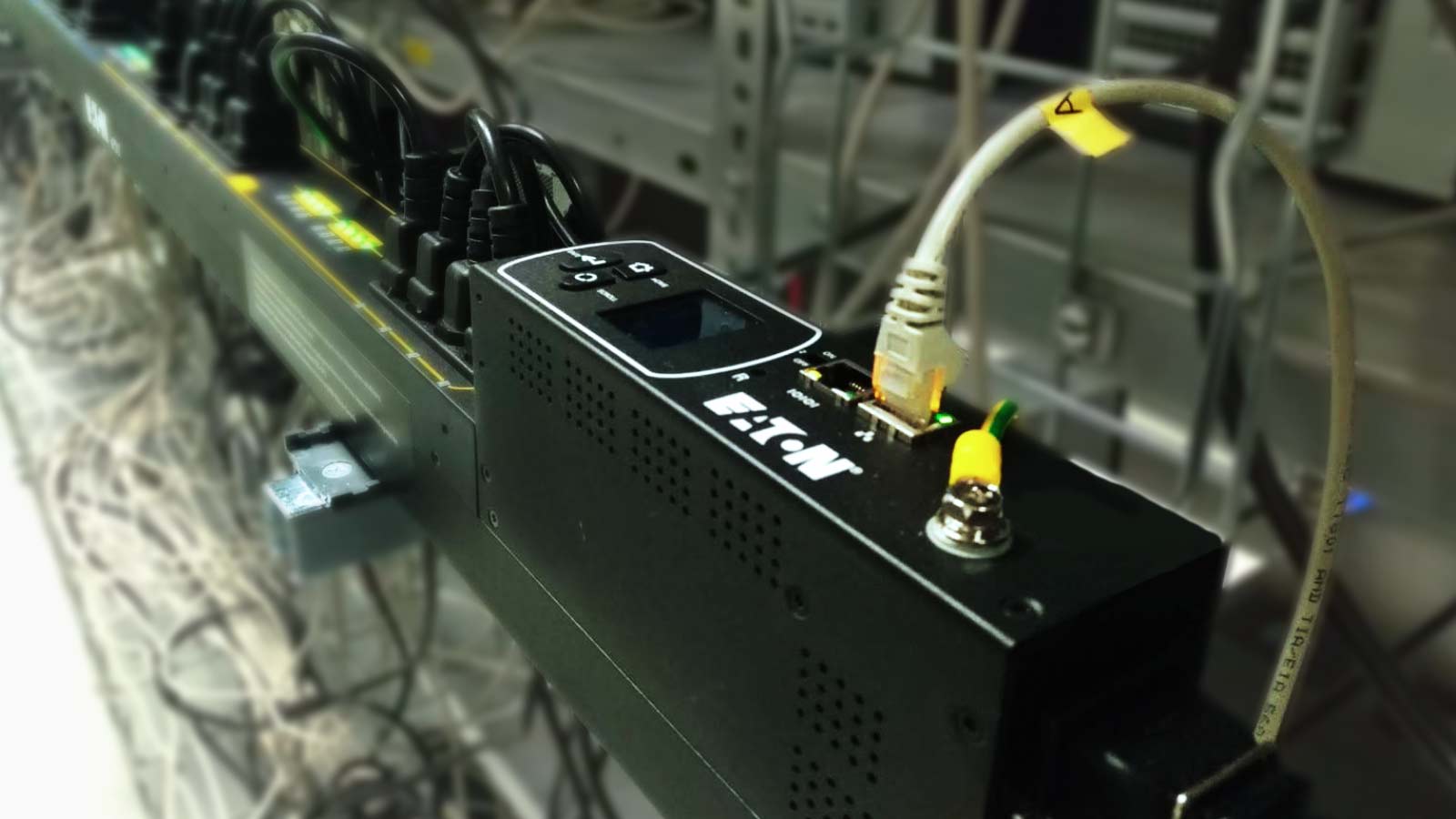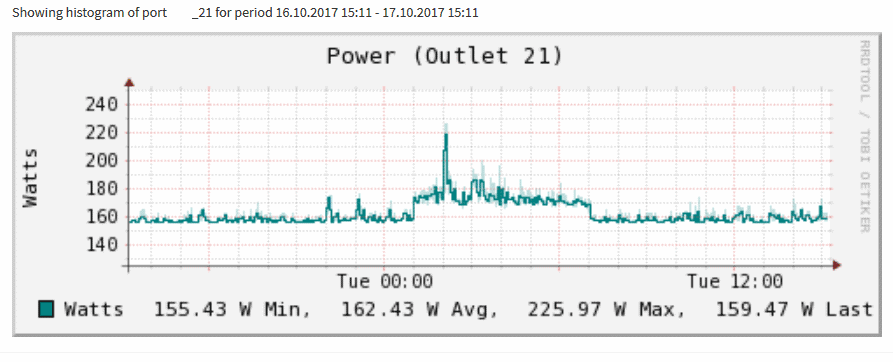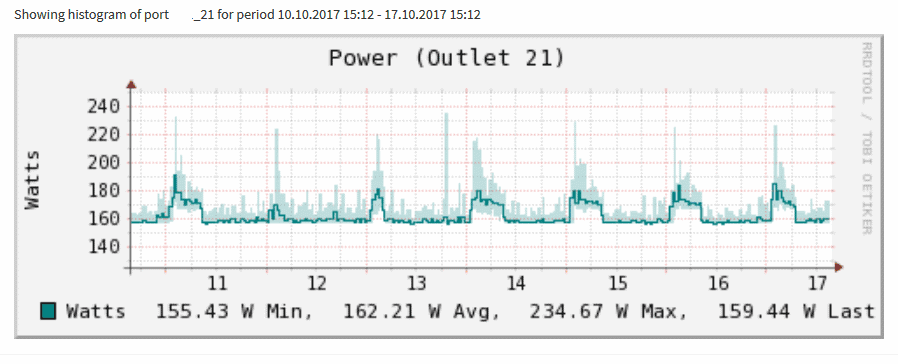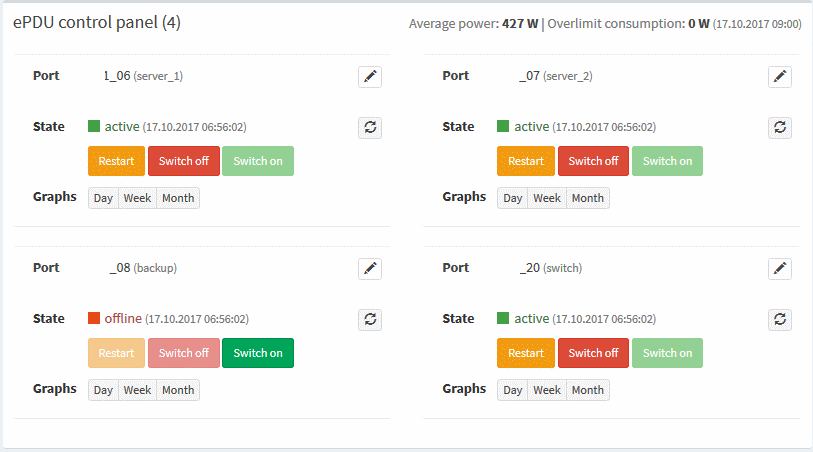
Realistic Consumption in Colocation Practice
The constant increase in electricity prices elevated the consideration of the realistic consumption in server hosting to the only correct solution. However, the definition of realistic consumption is not easy to find. Each server is unique - and we do not mean just the hardware configuration and the efficiency of individual components, but also the overall workload of the server.
In our data center Coolhousing, we use the online monitoring of server input of so called Intelligent sockets. All sockets are continuously monitored and values, such as current, voltage, power consumption in kWh and consumption in watts, are recorded on a central server. Such obtained values undergo further processing and outputs are displayed as values surveys and charts in the ControlPanel.
The realistic input
The hosting in our data center requires the realistic input of servers. When talking about the realistic power we mean the power consumption in such an amount which is really used by the server. If we can reach that value, we open the door to a maximum possible hosting price optimization.
Overview of power input at individual sockets
Each service has at least one inlet through a Intelligent sockets. The values obtained from the assigned socket are stored and furtherly processed.
In the client section, the customer can always view the generated charts. Charts with daily, weekly and monthly record are prepared for viewing. The average realistic consumption over the last 30 days of the service is important to us in order to include the server in the right input category.



The average realistic input is displayed both in the charts and in the details of each particular service - and this is the value which tells you to what category your server belongs. You do not need to worry about input peaks during the restart and occasional demanding calculations, as such peaks spread out in the thirty-day average.


If a service has multiple power inlets, averages of individual inlets are summarized.
Approximate determination of the maximum realistic input
A sum of TDP (Thermal Design Power) values of all processors installed in the server will serve well for determination of the power input category needed for basic calculations. We add 10 W to this value for each installed hard drive, and the result will be the approximate maximum power input. However, the real value of the realistic power input is derived from the server's load, and based on the practical experience, it is in most cases significantly lower that the value calculated.
A server does not automatically mean a power input of 300 W and more
Many customers and administrators would be very surprised how little power their server really needs. A few examples for illustration:
- Supermicro server with one Intel Xeon E3-1220V2 processor and two SATA disks consumes an average of 39 W.
- HP ProLiant ML310 Gen8 with one Intel Xeon E3-1270V2 processor and two SATA disks consumes an average of 45 W.
Do you still think that it is correct or inevitable to overpay electricity following to nontransparent methods of measurement, estimations or even label data on the power source of the server?
Call us at +420 777 310 000 or send us a message, we will reply you immediately
